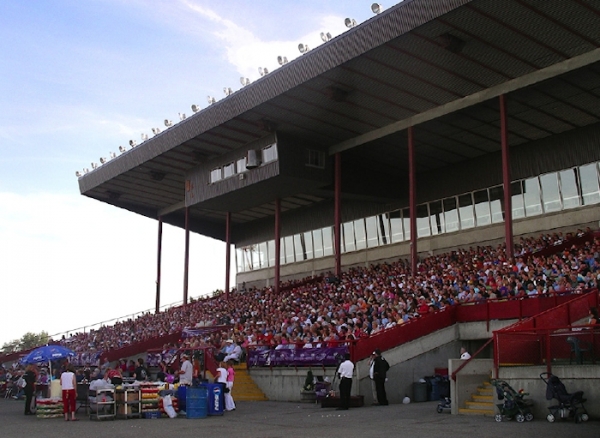What you see at the Rocky Mountain Turf Club today may seem a little on the wild side, but to the men who pioneered the breaking in of racing, be it for head to head racing or behind chariots, today’s racing is somewhat controlled – though still exciting to the average fan.
It seemed horses and Orrin Turner were synonymous. Through much of his life Orrin worked with, or was around horses, either breaking them, riding them or driving them. It was a Raymond tradition, and to this day Raymond people are the backbone of horse racing in southern Alberta.
Orrin, who died in 1978, left a rich selection of audio tapes, completed with his grandson Reed Turner in 1975, enabling us to catch a glimpse of what it was like in southern Alberta back when the life of a cowboy was the norm of an adventurous young man.
“I used to work as a cowboy in the summer, out on the range, and in the winter I would get on a freight wagon and haul coal," Orrin said of his younger days in the early1920s. “We'd have six head of horses on each wagon (which any teamster will tell you is a real handful). We'd have to shovel those big grain wagon tanks full of coal. We shoveled the coal out of those rail cars and then head for the ranch when the wagons were full. In deep snow, we'd go out and get the coal using those big bobsleds.
“This was back in the days of no roads, just a trail along the prairie. We used the bobs a lot a back then."
Orrin tells how he'd wear big gloves and cowboy boots with over-boots on top of them, a secret being keeping you socks fresh and your boots dry. He said he could stand a lot of cold - and there always seemed to be a lot.
“You soon got tough," he said with a laugh. “It could sure get cold, but you could keep your hands warm by tucking them under your arms, under your coat. You'd tie up the reins and those old horses would just walk their way back home as you tried to keep warm.
“In the summer, I'd cowboy."
In 1923 he was working for Ray Knight, and he also hired back on with Knight for the summer of 1927. Knight told him to come over to the Kirkcaldy Ranch. Knight wanted him to work steady, but by 1927 Orrin had his own farm, a wife and two kids, so he had to leave Knight, never working the Kirkcaldy again.
Each spring though, Orrin would break some horses for Knight and he'd work them. Chariot racing was a big thing back then.
“I'd go out, get four big horses off him, break them and walk them around all summer until the fall freeze-up," he said. “'I'd get a little team of mules from him. At home I had an old 1923 Model T Ford, but it was so poor we couldn't run it, so I put a tongue on it and put this pair of mules on the Model T. I used them like that for several years. I used to drive them to town, and everywhere. They'd just lope along, they were tougher than iron.
“That last year I worked for Ray, in 1927, he started some chariot horses, driving them on a four-head chariot. They made a race track out there and we broke those horses for the chariots. picked four palominos and I drove them. There were three teams in all and we raced them. It got exciting. Old Ray was the biggest kid in the bunch and he rode with us all the time."
Orrin remembered a day at the ranch when Knight brought some boys out from Lethbridge to do some ploughing. Andy Newell had some horses he was looking after, and he hooked up a six-team hitch to the plough.
“One boy started to get up on the plow and the horses got scared, and off they ran," said Orrin, with a laugh. “He held the lines, but there were ropes flying up off that plow six or seven feet high as the horse ran. Somehow one of the horses fell down, and they hit a big rock. The driver flew off like he was shot from a cannon.
“I was on a horse and we started out after the team, which was dragging the downed horse . . . it took all the hide off his right shoulder and head. I thought of that day every time I saw that horse after.
“I've seen some worse mix ups, but those boys should never have been mixed with those six big horses. They were big. Ray Knight had gone to France and shipped a bunch of that Belgium breed back. Those old stallions weighed close to a ton. They were cross-bred with the ranch horses. We sure had lots of fun with those big horses."
There are many tales of those old cowboys using those big horses to race with, often out-running the smaller horses on the ranches.

